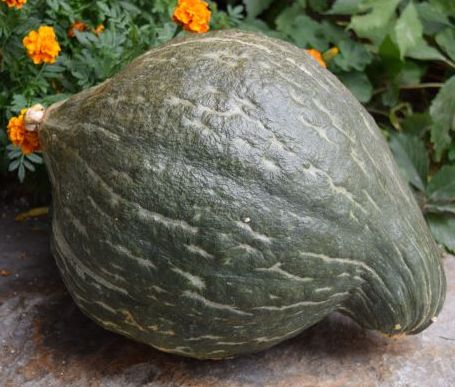
It’s mid-season and the three sisters are looking pretty good. One of them is looking a little too good. The beans are growing well and the corn is looking good. The squash, however, have taken over.

In the traditional Native American system, the three sisters are corn, beans, and squash. The corn provides a climbing structure of the pole beans. The beans provide extra nitrogen to the soil. The squash leaves provide a shady ground cover, stifling weeds that would steal nutrients from the corn and beans. The sisters help each other. The Native Americans have figured out companion planting before that was even a thing.
Corn, beans, and squash (supplemented with a little meat now and then) provided a sustainable diet for the tribes for centuries. Seeing the value in the three sisters for a renewable food source, post-SHTF, I’ve been trying it for the past several years.
Every year I try something a little different with the Three Sisters. Some experiments work out and yields improve. Some years the experiments fail. At least I’m learning what not to do should I need to really rely upon my garden.
Something Different

This spring I decided to try a different squash. I usually plant butternut or buttercup as the third sister. Last fall, the dear wife bought a hubbard squash from a local farm stand. It sat on our garage floor all winter with no special babying. Come March, the dear wife took a knife to it and it was all still perfectly good! Woohoo, right? What survival-gardener wouldn’t like a food that keeps that long?
Thinking that maybe we should grow some hubbard squash ourselves — as the third sister — we saved a bunch of seeds from it. I sprouted them indoors before the frost danger had passed.

I planted six of my sproutlings amid my corn. Up until mid-June, all looked pretty normal. The corn sprouted and rose as expected. The beans sprouted and began sending up runners to climb their poles. The hubbard squash plants put out big round leaves and eventually runners of their own. Peace and tranquility among the sisters.
The three extra sproutlings, I planted between the pear trees. They still look modest and manageable. The soil down there hasn’t been amended at all. Maybe that’s why they’re runty by comparison. The regular garden soil gets an infusion of chicken compost every spring. Hubbard squash must really love chicken compost.
Since late June, however, the hubbard sister has decided the sisters’ garden is actually HER garden. The leaves are the size of medium pizzas. I’ve had to thread the corn stocks between the squash leaves to keep them from getting shaded out. The vines are already over thirty feet long and have gotten to be as thick around as a broom handle. The runners have tendrils like something out of a 1950s sci-fi movie, and are trying to climb over the fence. Save the women and children!


With the power of hindsight, six plants was far too many for the sisters’ garden. Even two might have been too many. Thus far, I’ve seen eight nascent squash growing along the vines. There will be more. If they all make it to maturity, we could be eating a couple squash per month through the winter. I guess that’s a consolation for having unleashed a monster.
So, at this midpoint in this year’s gardening, my tasks now includes vine management too. I just hope all this lush vegetation means an abundant harvest.

ROTFLMAO or as my Grandmother would say “SUCH a PROBLEM!”
Squash are tough, you can prune some breathing space for your corn with out affecting the yields. Pruning shears and a clean cut please. When frost threatened by Hubbard squashes a few years back I covered them with old blankets and managed to save the still growing squashes for good eating later. I call that ugly blanket gardening for the ugly unsellable thrift store blankets I get for nearly nothing. Ugly blankets also work for sweet potato’s, tomatoes and peppers as NH is notorious for early frosts and warm days afterwards.
The extra work of using the blankets and removing them after frost has melted sometimes daily is something a successful Kulak had to do to have enough food to eat and trade.
Hehe, yeah, ‘such a problem.’ Sure hoping all of this lush vegetation results in lots of produce. Now the challenge is keeping the chickens from destroying any squash within beak range of the fence. They LOVE green squash, apparently. Lost a couple already.
Yes, got a stack of ‘old blankets’ for gardening here too. Used them this spring as well, sheltering those tender little Walmart pinto bean plants that went into the ground a couple of weeks before that last frost. Careful Kulaks, indeed!